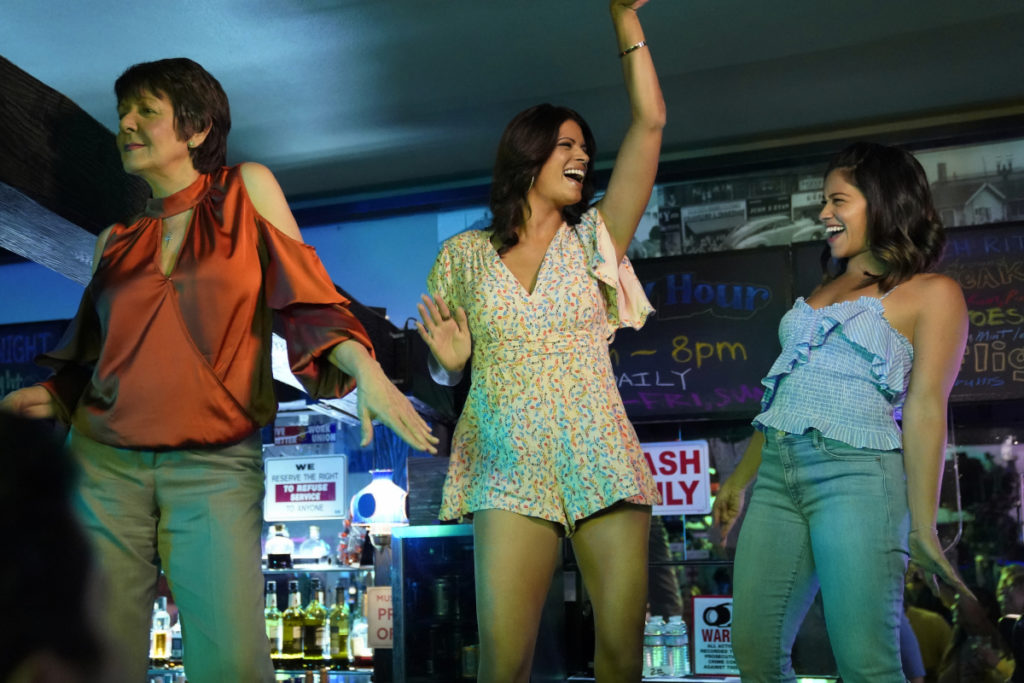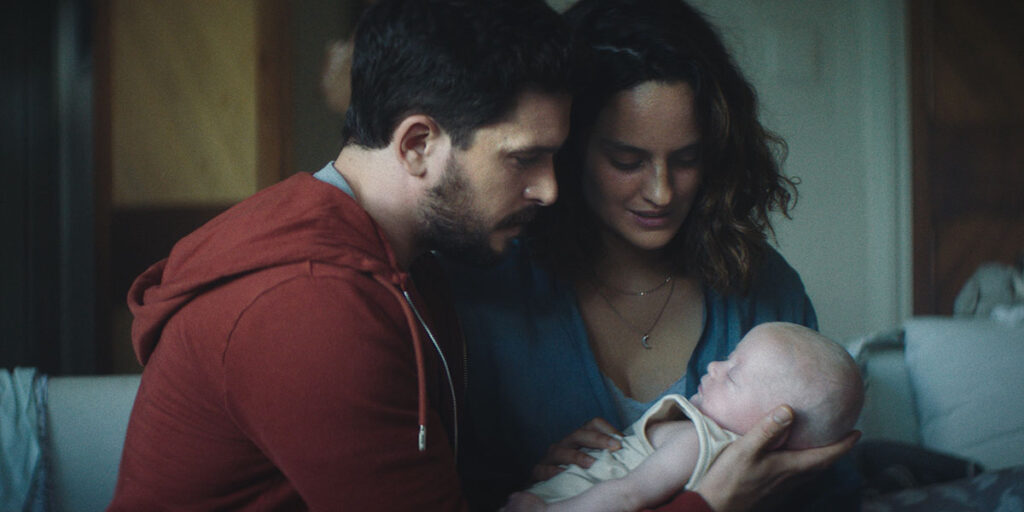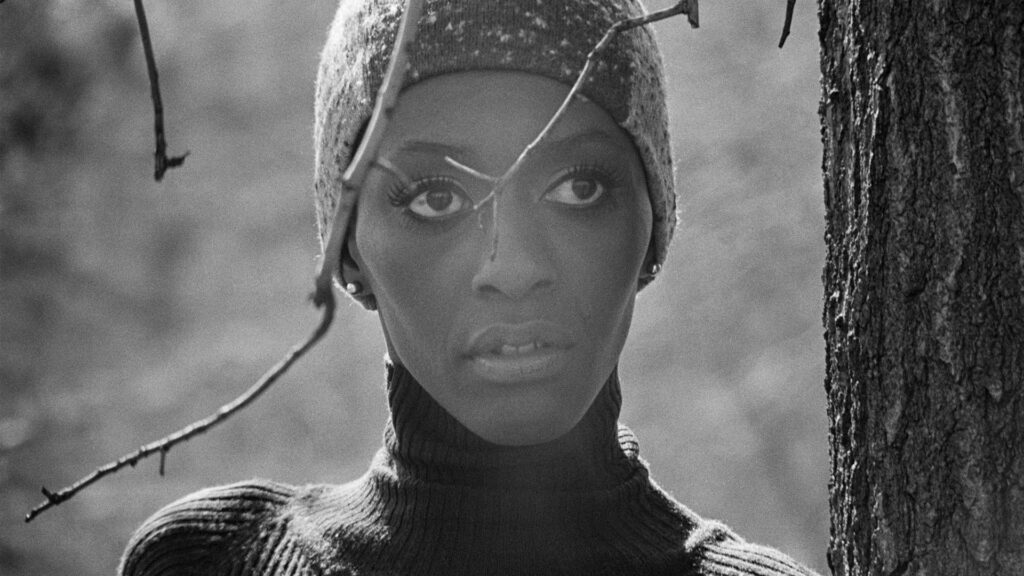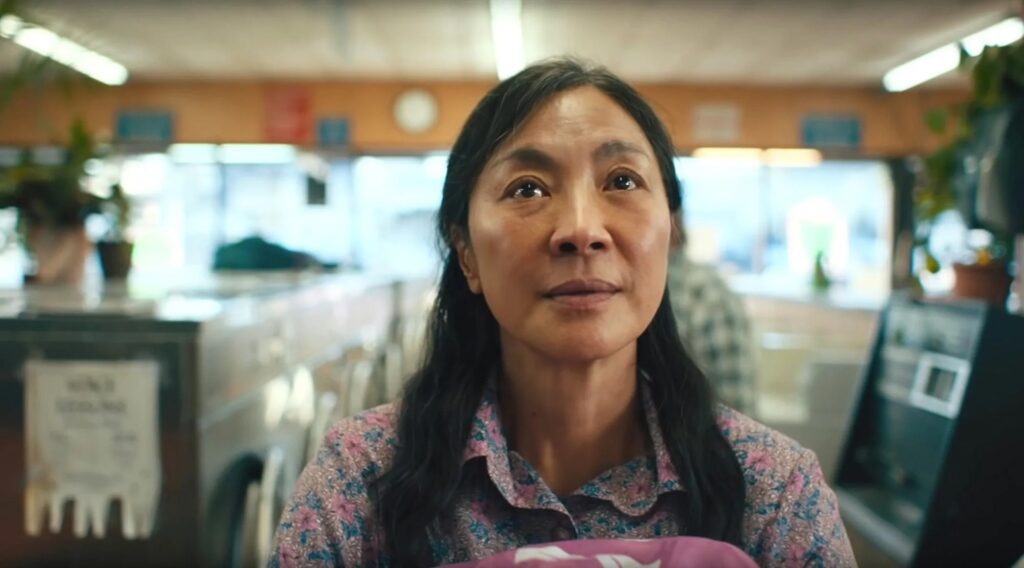This year seven trailblazing series led by women come to an end. Each one — “Jane the Virgin,” “Crazy Ex-Girlfriend,” “Orange Is the New Black,” “Broad City,” “Transparent,” “The Affair,” and “Unbreakable Kimmy Schmidt” — forever changed television. They have been some of the stealthiest series of the so-called Golden Age of Television, quietly shifting cultural consciousness and introducing some of the most powerful women showrunners in Hollywood to the television landscape.
When we talk about Golden Age television, we tend to focus on bad men — a mob boss, a drug lord, a womanizing exec, a stickup man. We also tend to talk a lot about the showrunners behind these antiheroes — David Chase, Vince Gilligan, Matt Weiner, David Simon. Brett Martin’s “Difficult Men: Behind the Scenes of a Creative Revolution” describes the deluge of antiheroes on television as a cultural watershed, one that marked a new era in television and American storytelling.
But many critics argue that the Golden Age of Television has recently been undergoing a massive shift. “The dominant form of the TV drama,” the AV Club’s Emily VanDerWerff argued around the finales of “Mad Men” and “Breaking Bad,” “is slowly moving away from dark men in dark times doing dark things.”
And who has been ushering television away from “dark men in dark times doing dark things”? In large part, women.
As the major series about sulking male antiheroes have gradually concluded in the past decade, women creators have been steering the television landscape toward a more complex, emotional, and authentic ideal. The 2010s have seen a major movement by women showrunners like Jennie Snyder Urman and Aline Brosh McKenna, whose series depict mental illness, trauma, intimacy, and existential crisis through a distinctly female lens. Television in the 2000s was certainly shaped by the male characters and male showrunners. But at the forefront of the last 10 years of television are women creators who are reimagining dominant television narratives. The result: an explosion of innovative television by and about women.
Snyder Urman’s “Jane the Virgin” is an intimate and revolutionary look into the inner lives of three generations of Latina women. The Villanueva women — Jane, her mother Xiomara, and her grandmother Alba — are tough, vulnerable, principled, emotional, and complicated. They try their best, they make mistakes, and they love very hard. Jane Villanueva is the perfect antidote to the brooding antihero; she is earnest, compassionate, fiercely loyal, and wears her heart on her sleeve. She talks out her feelings, usually on her front porch, and talks about those feelings often. She cries even more often — really cries. She’s never murdered anyone or cheated, though she does have a habit of butting her nose in other people’s business. Jane is ultimately a fully-formed woman, replete with strengths and weaknesses. Following the unexpected pregnancy that catalyzes the show, Snyder Urman was interested in “explor[ing] the next stage, which is how to retain your identity as a woman, a professional, and a mother,” she told Deadline.
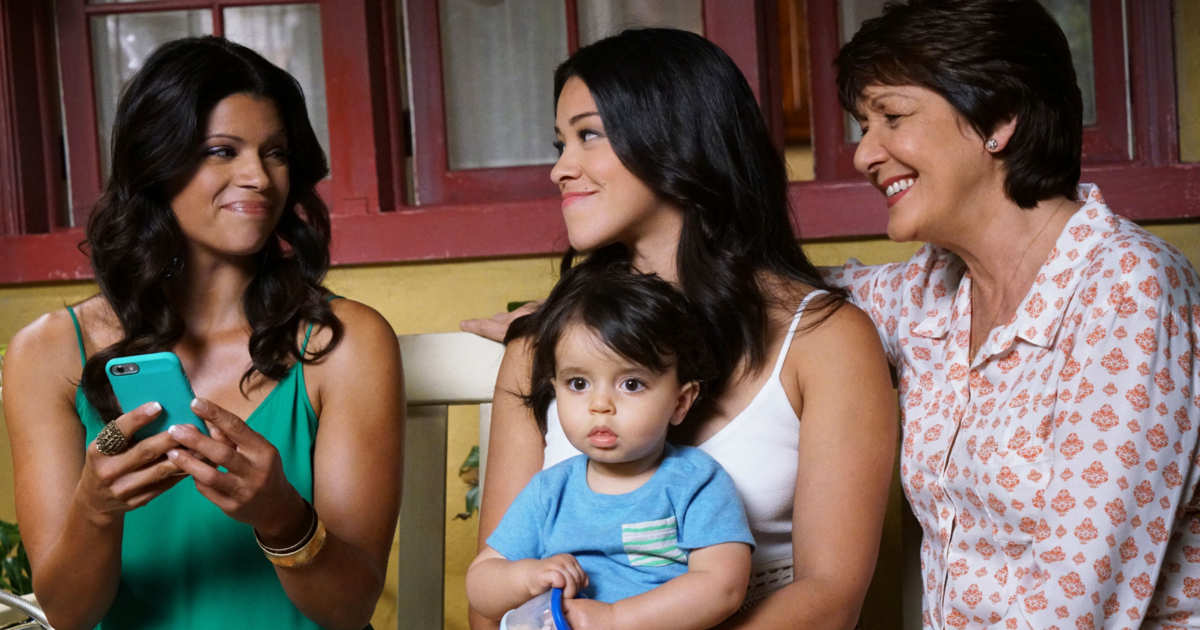
“Jane the Virgin”
And while many Golden Age series veiled their emotional punches with a gritty aesthetic or “elevated” subtlety, “Jane the Virgin” goes all in on feeling. Snyder Urman leans into the description of the series’ soapy format as a “pornography of emotion.” But that doesn’t disqualify the series from being “prestige TV.” “Jane the Virgin,” as the New Yorker’s Emily Nussbaum writes, “is not a guilty pleasure. Instead, the show is a joyful manifesto against that very putdown.” Nussbaum cites the show’s “unusual optical density” and interweaving plots (“ranging from poignant to zany”) as essential to its genius. “As usual,” she opines, “the world took all this perfection for granted.”
While “Jane the Virgin” has celebrated overt emotion, vulnerability, and melodrama, other series have highlighted women’s experiences with mental illness. When, in 1999, Tony Soprano first went to therapy, audiences were shocked. Soprano’s mental illness — manifested as anxiety and panic attacks — was an unexpected twist on the mob boss narrative. His therapy visits were hailed as compelling and humanizing. Meanwhile, the myth of the “crazy woman” persisted. But in the past decade, series like “Crazy Ex-Girlfriend,” “Russian Doll,” “Fleabag,” and “Unbreakable Kimmy Schmidt” have tackled mental illness and trauma from distinctly female perspectives, deconstructing “craziness” from the inside out.
“Crazy Ex-Girlfriend’s” Rebecca Bunch lives with borderline personality disorder. Nadia Vulvokov of “Russian Doll” grew up with a mentally ill mother. Fleabag’s best friend died by suicide. Kimmy Schmidt deals with PTSD as a result of being sequestered in a bunker by her abuser for over a decade. All of these women struggle with mental illness and traumatic experiences in their own flawed — and frequently comedic — ways.
“Crazy Ex-Girlfriend” addresses this trope most explicitly. “From the beginning,” showrunner Brosh McKenna told The Lily, “our idea was always to get underneath stereotypes.” Just look at the lyrics for the first season’s theme song:
“Chorus: She’s the crazy ex-girlfriend
Rebecca: That’s a sexist term
Chorus: She’s the crazy ex-girlfriend
Rebecca: Can you guys stop singing for just a second?
Chorus: She’s so broken inside
Rebecca: The situation’s a lot more nuanced than that”
While the series begins with Rebecca’s move from New York to California to chase an old summer camp crush, “Crazy Ex-Girlfriend” quickly morphs into an exploration of mental illness that is indeed nuanced. From therapy to medication to coping mechanisms, the show never holds back from touching on the nitty-gritty of living with mental illness, specifically as a woman.
From the way women’s mental health is stigmatized, to the sexist labels of “crazy” and “psycho” girlfriends, to the way women’s trauma is often minimized, the series takes a hard look at living with and treating mental illness from a female point of view. “Crazy Ex-Girlfriend,” as Nussbaum writes, “wasn’t kidding about the crazy bit. When, in the last season, Rebecca got a definitive label from her psychiatrist, during a joyful, anxious number called ‘A Diagnosis,’ it was the culmination of the show’s daring story arc, which had dwelled in darkness from the beginning.” All the while, “Crazy Ex-Girlfriend” also skewered the rom-com genre and, oh yeah, featured two to three original songs in every episode.
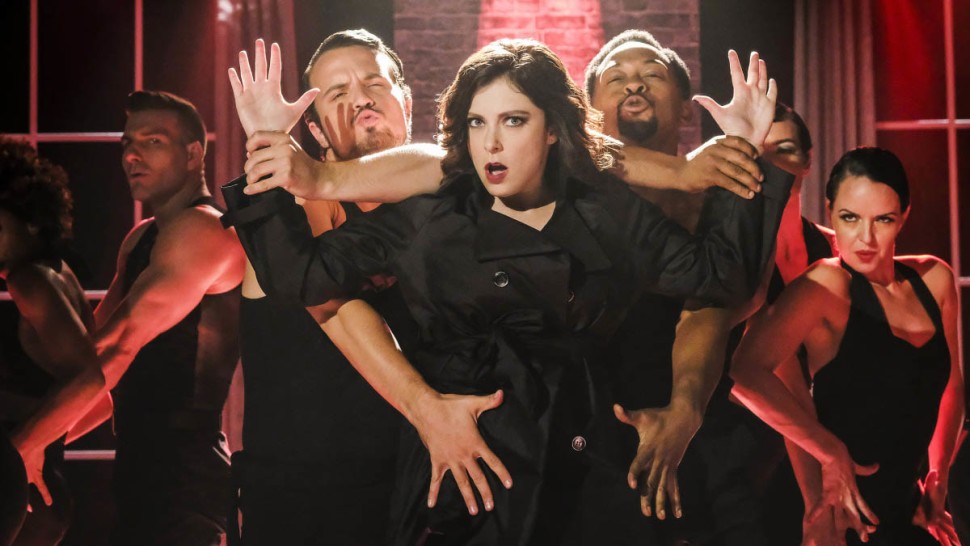
“Crazy Ex-Girlfriend”
Rebecca is, in her own way, an antihero. Nussbaum notes, “Rebecca might have been unbearable if we didn’t love her so much.” The same could be said of Walter White or Don Draper who, despite their personality defects and immoral deeds, galvanized our attention and even affection. But the final season saw “Rebecca trying to find an ethical way to take responsibility for the things that she’s done,” said Brosh McKenna. “And she now has a diagnosis, so she’s working on herself, but she’s not perfect … She’s always in process.”
Of course, Rebecca isn’t the only woman antihero in this new television landscape. Women-run series like “How to Get Away with Murder” and “UnREAL” have introduced us to deeply flawed women who can sometimes prove difficult to root for — though we always end up rooting for them anyway. Annalise Keating and Quinn King are callous, cold, and dabble in the morally dubious, from manipulation to downright murder. These are the kinds of women who could have never thrived — or possibly even existed — in the decade prior, lest they be deemed “unlikable.”
Women showrunners have also brought female friendship to the forefront of the television landscape. “Broad City,” “Tuca & Bertie,” and “Insecure” chronicle the intense ups and downs of close female friendships, along with the goofy, gross bits. The friends of the women-created shows of the last decade relate deeply to each other. The story of Abbi and Ilana of “Broad City,” for example, is a platonic love story about two co-dependent, underachieving, and extremely lovable stoner-dork-badasses. The two women are polar opposites and perfectly in-sync.
The same could be said for the titular Tuca and Bertie, or Issa and Molly of “Insecure,” all of whom share their own unique histories and baggage when it comes to their best-friendships.
While we’ve seen some nuanced female friendships on male-run series — Joan and Peggy of “Mad Men,” for example — women characters tend to have less screen time together on these shows. Either isolated from each other or tethered to men, most women friends on male-run Golden Age shows rarely pass the Bechdel Test. Women-run series are defying that narrative norm.
The introduction of flawed men to television was indeed a cultural turning point. Television storytelling got darker, more interesting, and more complex. But quality storytelling, or “prestige TV,” also became associated exclusively with men. And though women still account for a dismal fraction of most writers’ rooms, a small but powerful number of women showrunners such as Snyder Urman, Brosh McKenna, Shonda Rhimes, and Jenji Kohan have become beacons of hope for the future of television. Eliana Dockterman of Time writes, “These shows [have] ignited a conversation about what women could and couldn’t do onscreen, but they also marked a new era behind the camera: the rise of the female showrunner.”
Beyond changing cultural attitudes towards women, women-run series have also pushed us to analyze the series that made up the Golden Era more closely. “In this new era of feminist storytelling,” Dockterman notes, “audiences began to scrutinize male-run shows that cast women as either Madonnas or whores.”
In just the past decade, women have irrevocably changed what television can be. While quality was once associated with gritty and dark male-centric series, female showrunners have introduced shows that have flipped the script on what good television can be. Brooding male antiheroes, dubious moral codes, and explicit violence are all valid modes of storytelling — but they’re not the only markers of prestige TV.
By broadening the scope of their storytelling — tapping into emotion, exploring female friendships, and borrowing from genres like telenovelas, musicals, and buddy comedies — women showrunners have expanded these storytelling possibilities. Equally as important, they have blazed a trail for other women creators to follow, as they continue upending television as we know it.
